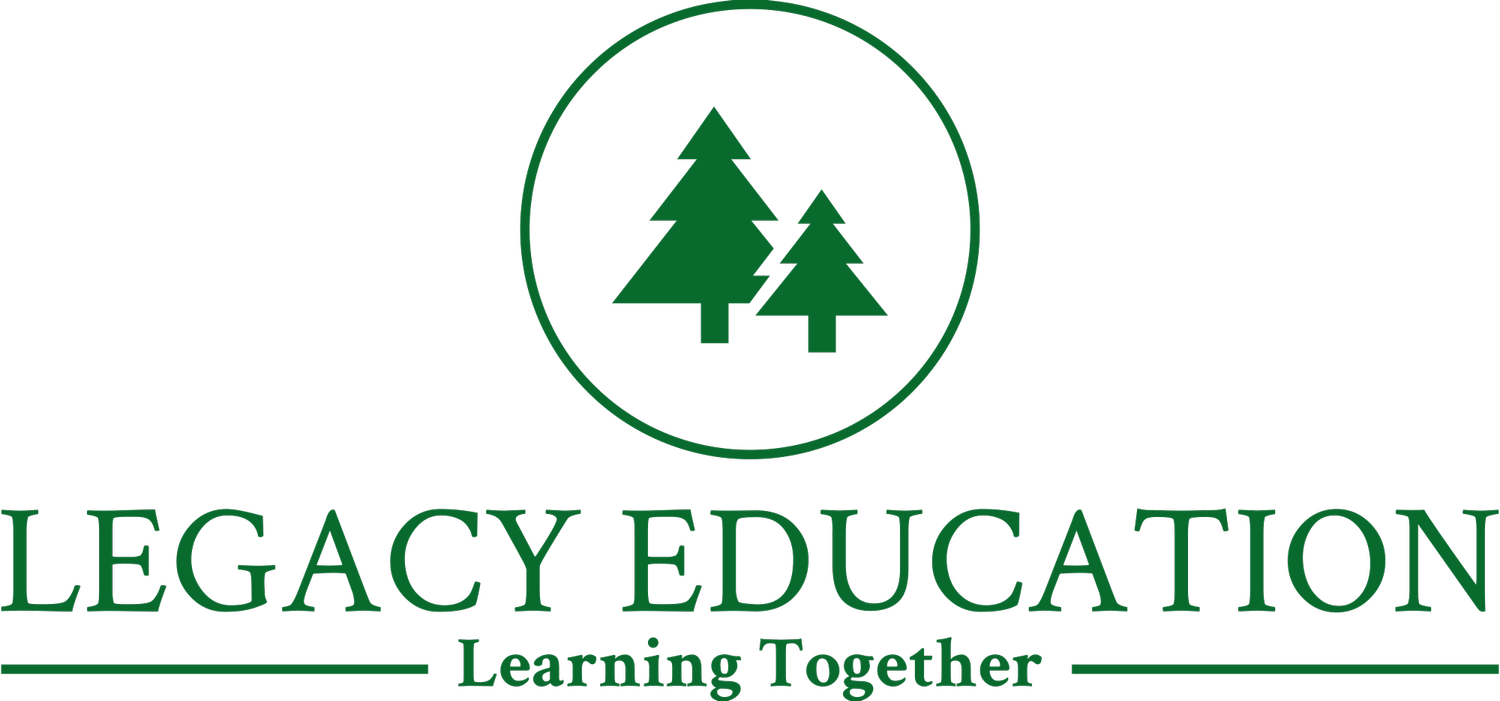We Focus on Students’ Strengths—But What About Teachers?
We love talking about students’ strengths. We build entire educational philosophies around finding what kids are good at and helping them excel. But here’s the irony:
We almost never do this for teachers. I've recorded a video for you to consider along with today's newsletter.
Think about it. In whatever industry you’re in—education, business, tech—when was the last time you actively identified and optimized your strengths? Not just "what you need to improve" but what you’re already great at and how to double down on it - and help others do the same?
For teachers, this matters even more. Because when they work in alignment with their strengths, students benefit automatically.
So, today, I’m walking you through The Four Key Strengths Every Great Teacher Has—and why we need to focus on these more if we want to create schools (and workplaces) where people actually thrive.
1. Communication & Interaction: The Art of Holding Attention
The best teachers don’t just lecture—they captivate.
They know how to read a room, adjust their tone, and engage their audience. These are the teachers who can turn a dry history lesson into a gripping story or make math feel like a puzzle worth solving.
But here’s the thing: Not every teacher is naturally a charismatic speaker. And that’s fine. Communication strength comes in different forms—some teachers thrive in one-on-one conversations, others in writing, some in visual storytelling.
Instead of forcing teachers into a “one-size-fits-all” mold, we should be asking:
What’s their best communication style?
How do they connect naturally?
How can they use that strength to teach more effectively?
Businesses get this. The best companies don’t force every employee to give TED-style talks—they leverage their natural communication strengths. Schools should be doing the same for teachers.
2. Cognition & Learning: The Way Teachers Process and Transfer Knowledge
Some teachers are deep theorists. They love breaking down concepts, mapping out ideas, and making the abstract tangible.
Others are quick processors. They think on their feet, adapt to student questions, and shift directions instantly when a lesson isn’t landing.
Both styles work. The key is aligning teachers with roles and structures that maximize their thinking strengths.
But instead, we throw every teacher into the same system and hope for the best. No wonder so many feel burnt out—it’s like making a sprinter run marathons or forcing a chess grandmaster to play speed rounds.
We should be asking:
What’s their best way of processing information?
How do they break down knowledge naturally?
How can we structure their role to fit that strength?
When teachers teach the way they think best, students learn better—simple as that.
3. Executive Functioning: The Systems That Keep Everything Running
Every workplace has two kinds of people:
The systems thinkers. The ones who plan ahead, keep everything structured, and thrive on organization.
The improvisers. The ones who thrive in chaos, adapt quickly, and can pivot on the fly.
Guess what? Schools need both.
Some teachers are incredible planners. They create structured, predictable learning environments that help students feel secure. Others are adaptable problem-solvers—they don’t sweat last-minute changes and know how to pivot when things go sideways.
Both are strengths. But we often reward one and punish the other.
The planner gets told they need to “be more flexible.”
The improviser gets told they need “better classroom management.”
Instead, we should be leveraging both:
Pair teachers with complementary styles.
Let structured teachers build the frameworks.
Let adaptable teachers handle real-time challenges.
It’s about balance—not forcing everyone to be the same.
4. Social-Emotional Strength: The Ability to Lead, Mentor, and Inspire
Here’s something no one talks about:
Great teachers aren’t just educators—they’re leaders.
They set the emotional tone of the classroom. Their energy, their patience, their ability to inspire trust—these things impact learning as much as the curriculum itself.
And just like leadership in any field, social-emotional strength comes in different forms:
Some teachers are motivators—they energize students with enthusiasm.
Some are mentors—they create deep, lasting relationships.
Some are protectors—they create safe, stable learning spaces.
The best schools understand this. They don’t just throw teachers into classrooms and expect them to “figure it out.” They help them identify and maximize their leadership strengths.
Because when teachers feel valued, supported, and aligned with their strengths, they don’t just stay in the field—they thrive.
Final Thought: Strengths Are the Shortcut to Success
Teachers are not all the same.
We shouldn’t expect them to be.
Just like businesses optimize employees for their best skills, schools should be doing the same for educators. Because when we build around strengths, instead of constantly fixing “weaknesses,” we create a system where teachers (and students) actually succeed.
Let’s stop asking teachers to be and do everything. Let’s start helping them do what they do best.

